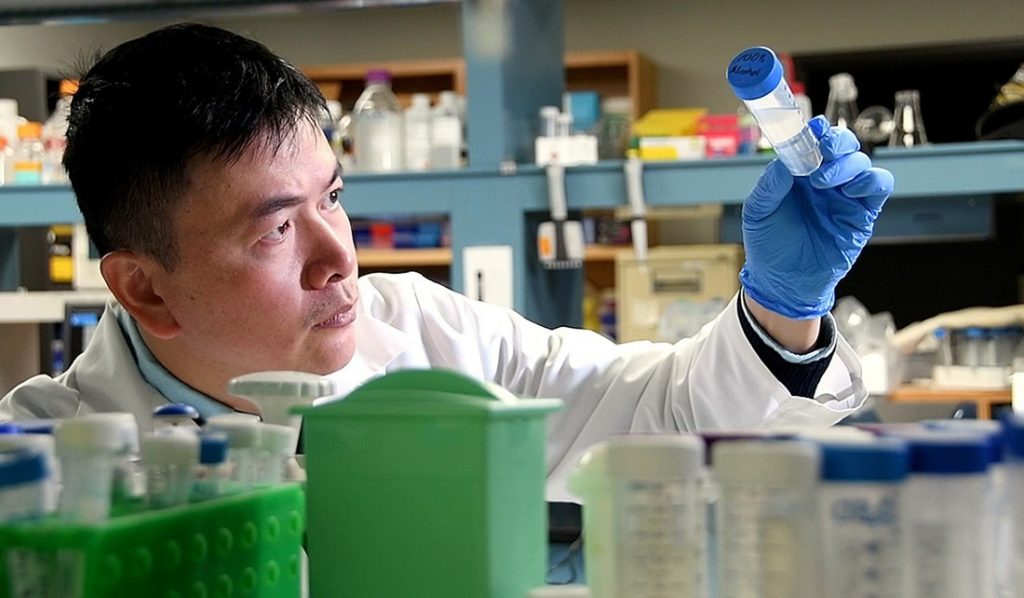Transparent teeth: Lab adapts technology to improve imaging

Dental imaging is advancing all the time, but despite its growth, there’s still one distinct limitation: The final image often has to be cut into sections to be viewed. In essence, it’s 2D.
Hu Zhao, a restorative sciences faculty member at Texas A&M College of Dentistry, considered one workaround. What if the biopsy or organ sample could be rendered completely transparent? While the concept has all the makings for a sci-fi flick, this technology is not new. Zhao, a practicing dentist and researcher, simply adapted a tissue-clearing technique currently used in neuroscience.
“Now we can bring the entire head under the microscope without cutting the section: the nasal cavity, tooth germ and brain,” Zhao says of his patented method, dubbed PEGASOS — polyethylene glycol-associated solvent system — which utilizes images generated from a confocal microscope. “We are the first lab in the world to bring this technique to the dental field. Previously there was no way to make bone transparent.”
Zhao and his research team’s work recently was bolstered with a $400,000 grant from the National Institutes of Health–National Institute of Dental and Craniofacial Research as well as publication in the May 2018 issue of Cell Research.
It’s likely because the shift from opaque to transparent opens up a whole new world.
“We can literally outline every neuron to see how they travel,” says Zhao. “There is no way to get this information from sections. We show the nerves within the bone; everybody knows that there are nerve fibers within the bone marrow, but this is the first time that we can see them. We just make the bone transparent, and image the whole sample as one unit.”

